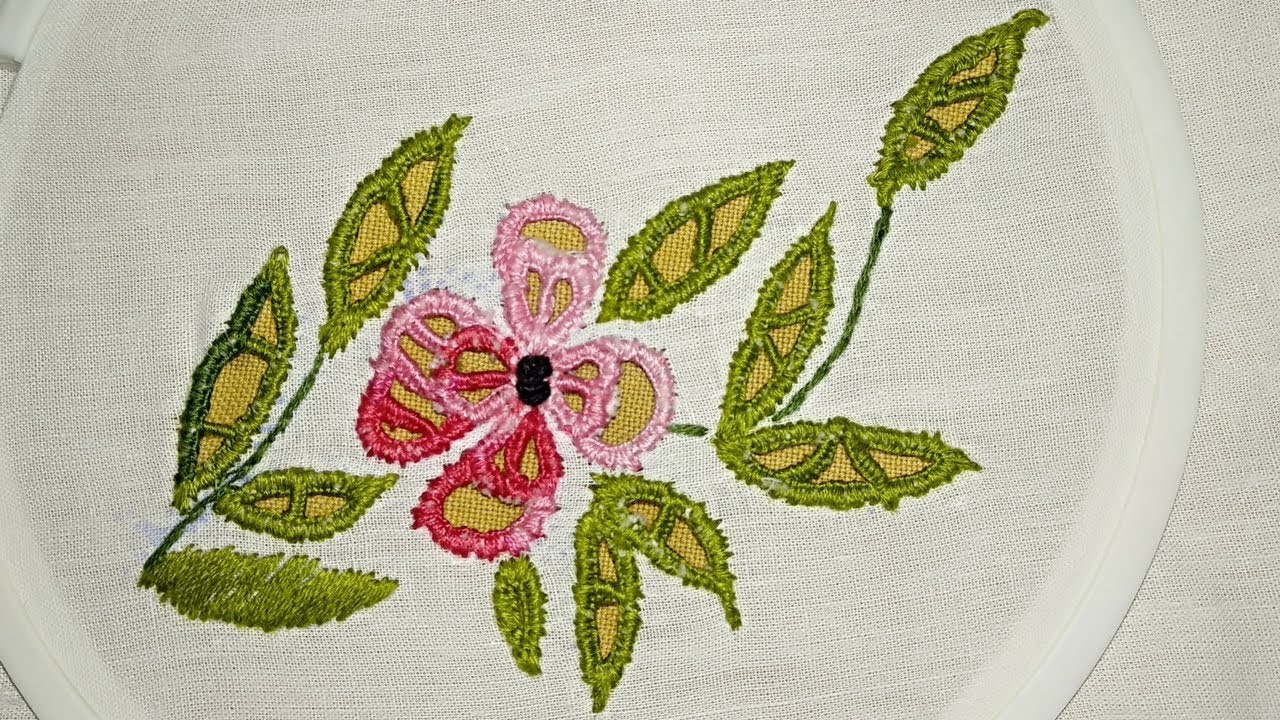

I recommend using a cotton material but make sure your item is washed first to ensure it doesn’t shrink after you sew it. If you use fabric with too much or too little density, it can cause too much movement or cause your design to sew poorly. The fabric you use in your cutwork embroidery projects can affect your results. If hot water isn’t removing the stabilizer, try adding a little fabric softener or hair conditioner.

Note: I would recommend doing a test with your wash-away stabilizer first as all household water is different. Getting rid of your stabilizer shading is as easy as washing your design in hot water. This technique requires the use of a wash-away stabilizer. As the point of the cutwork embroidery is freestanding embroidery, you want nothing to be left behind or shown in your embroidery. If you use a cutaway stabilizer for any cutwork embroidery project, you’ll spend a lot of time trying to get your scissors out of the design. You don’t always realize how important a stabilizer is until you’re doing cutwork! It’s also important to make sure you’re using the right stabilizer. This will be your chosen embroidery design and should look similar to the stitch and cutwork design. It will fit perfectly with where you cut your fabric. Next, another embroidery file will be sewn. If your stabilizer is attached to your fabric, don’t cut your stabilizer, just your fabric. This will give you an outline of where you will cut your freestanding embroidery to look. These designs include specific steps to aid implementation. Designs for Cutwork EmbroideryĬutwork embroidery designs are specially designed for cutwork. Depending on your design and the look of the project you desire, the cutwork design can be surrounded by fabric, or it can be half and half freestanding on your fabric. Cutwork embroidery involves freestanding embroidery that is sewn onto the fabric.


 0 kommentar(er)
0 kommentar(er)
